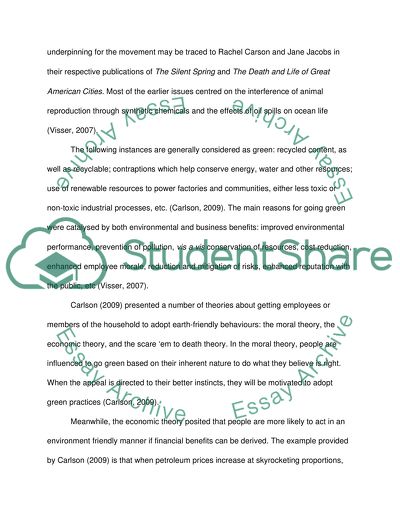Cite this document
(“Literature reveiw for a PhD proposal: Management and Employees Essay”, n.d.)
Retrieved from https://studentshare.org/environmental-studies/1412077-literature-reveiw-for-a-phd-proposal-management
Retrieved from https://studentshare.org/environmental-studies/1412077-literature-reveiw-for-a-phd-proposal-management
(Literature Reveiw for a PhD Proposal: Management and Employees Essay)
https://studentshare.org/environmental-studies/1412077-literature-reveiw-for-a-phd-proposal-management.
https://studentshare.org/environmental-studies/1412077-literature-reveiw-for-a-phd-proposal-management.
“Literature Reveiw for a PhD Proposal: Management and Employees Essay”, n.d. https://studentshare.org/environmental-studies/1412077-literature-reveiw-for-a-phd-proposal-management.


